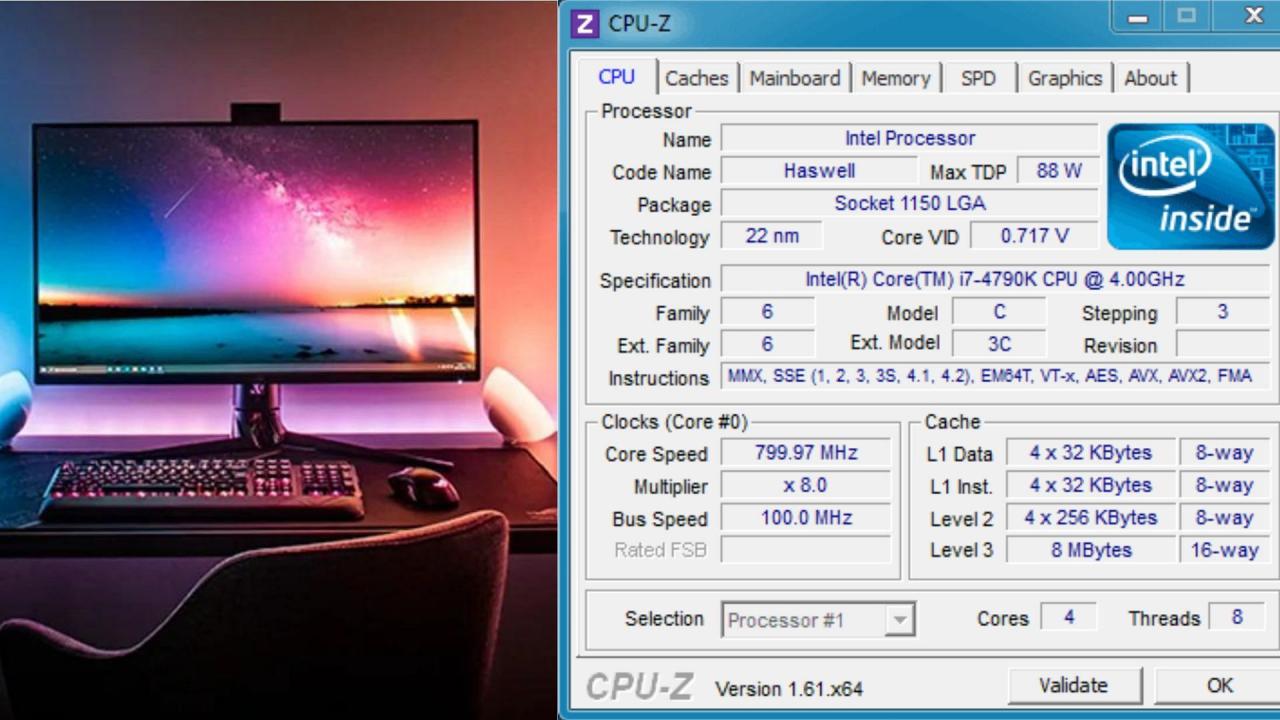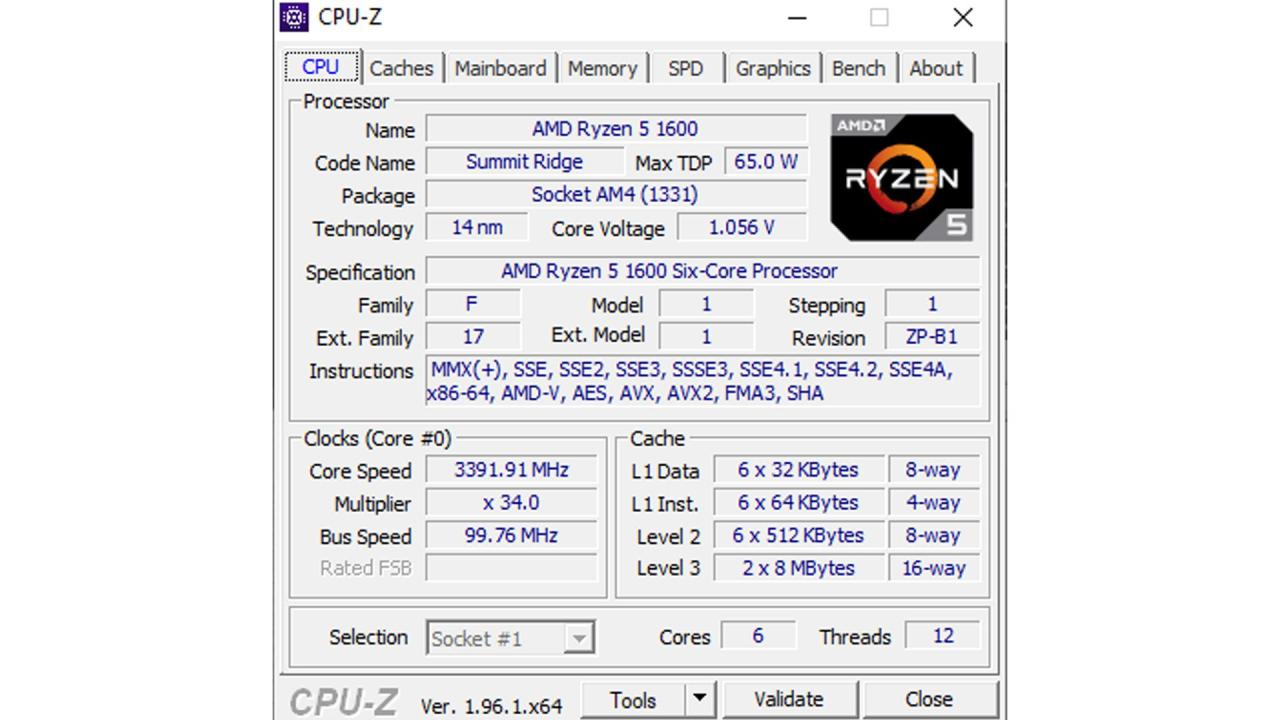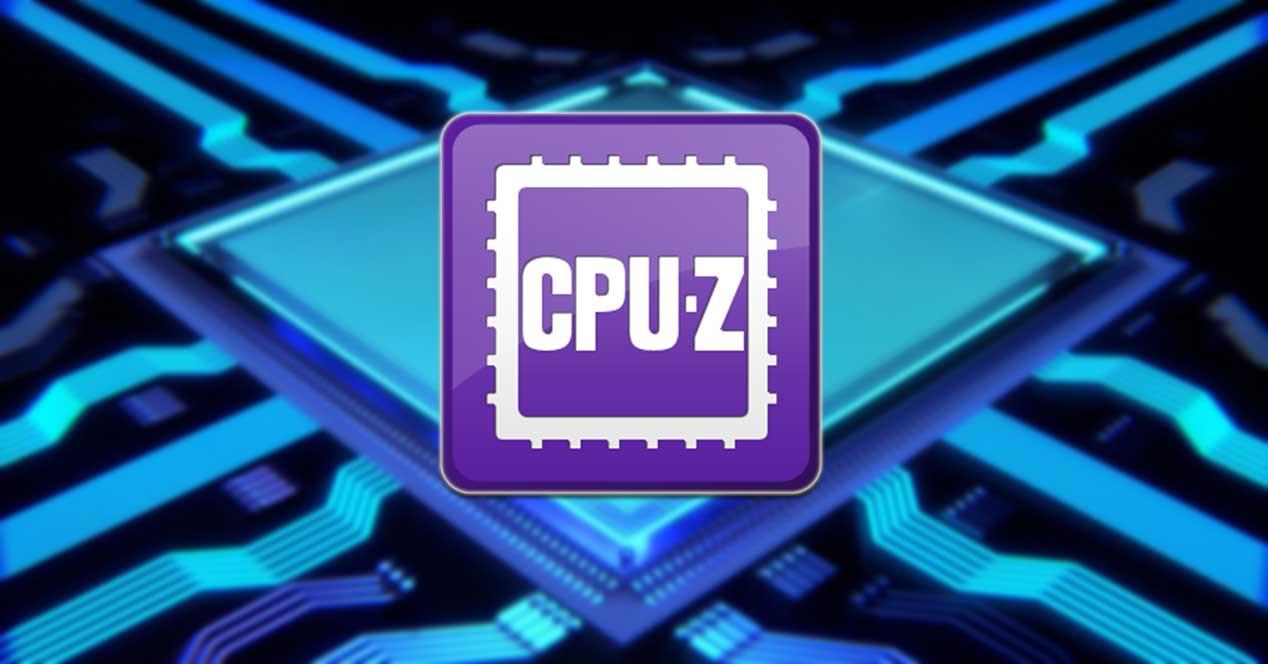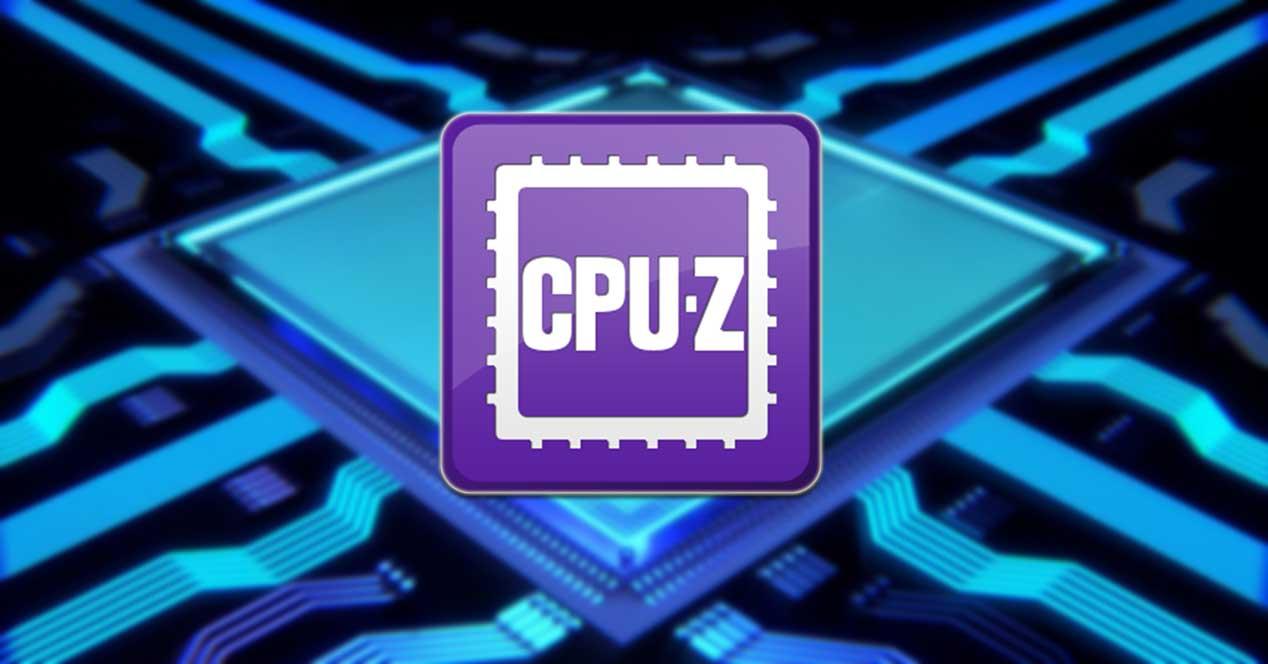Cpu z – CPU-Z: Dive into the heart of your computer! This powerful little utility reveals the secrets hidden within your hardware, from your processor’s clock speed and cache size to the specifics of your RAM and motherboard. Understanding what CPU-Z shows you is key to troubleshooting, optimizing, and even overclocking your system. We’ll guide you through its features, data interpretation, and limitations, equipping you to become a hardware guru.
We’ll cover how CPU-Z identifies every component, from the CPU itself to the motherboard chipset and RAM. Learn to interpret the data presented, diagnose potential problems like overheating or faulty RAM, and even use it to safely monitor your system during overclocking. We’ll also compare CPU-Z to other system information tools, helping you choose the best tool for your needs.
So you’re checking your system specs with CPU-Z, right? It’s great for seeing what’s under the hood. But if you’re into high-performance computing, you might also need to consider the power of a drone; check out the amazing tech from dji canada to see how far things have come. Then, once you’re done drooling over that, get back to optimizing your PC with CPU-Z – knowing your hardware is key to maximizing performance, whether it’s in a drone or your desktop.
CPU-Z Functionality Overview
CPU-Z is a freeware utility that provides detailed information about your computer’s hardware components. It’s a powerful tool for identifying specific components, verifying specifications, and troubleshooting potential hardware issues. This section will cover the core functionalities of CPU-Z and how to use it to gather essential system information.
Core Functions of CPU-Z

CPU-Z’s primary function is to identify and display detailed specifications of your computer’s key components. This includes the CPU, RAM, motherboard, and graphics card. The program achieves this by accessing low-level system information, providing a comprehensive overview of your hardware configuration.
CPU Component Identification
CPU-Z identifies CPU components by querying the CPU’s internal registers and accessing data stored in the system’s memory. This allows it to accurately determine the CPU model, manufacturer, stepping, core count, clock speed, cache sizes, and other critical parameters. The information is presented in a clear and concise manner, making it easy to understand even for non-technical users.
Motherboard Chipset Data
CPU-Z gathers data on motherboard chipsets by accessing the system’s BIOS and chipset registers. This provides details such as the chipset manufacturer and model, southbridge information, and BIOS version. This information is crucial for troubleshooting compatibility issues and ensuring that your system components are working correctly together.
Identifying RAM Specifications using CPU-Z

To identify RAM specifications using CPU-Z, follow these steps:
1. Download and install CPU-Z.
2. Run CPU-Z.
3.
Select the “SPD” tab.
4. For each RAM slot, CPU-Z will display detailed information. The following table illustrates the typical data displayed:
| Type | Size | Speed | Manufacturer |
|---|---|---|---|
| DDR4 | 8 GB | 3200 MHz | Crucial |
| DDR4 | 8 GB | 3200 MHz | Crucial |
Interpreting CPU-Z Data
Understanding the data presented by CPU-Z is crucial for effectively utilizing the tool. This section focuses on interpreting key data points and using them for system analysis and troubleshooting.
Interpreting CPU Clock Speeds
CPU-Z reports CPU clock speeds in MHz or GHz. It typically displays both the base clock speed and the current clock speed. The current clock speed may vary depending on the CPU’s workload and power-saving settings. Understanding these values is essential for assessing CPU performance and identifying potential throttling issues.
Significance of CPU Cache Levels
CPU-Z displays information on different levels of CPU cache (L1, L2, L3). Cache size and type significantly impact CPU performance. Larger cache sizes generally result in faster processing speeds. Understanding the cache configuration helps in comparing different CPUs and assessing their performance capabilities.
Verifying CPU-Z Information
To verify the information provided by CPU-Z, you can compare it with other system utilities, such as the system information tool built into Windows or third-party tools like Speccy or HWiNFO64. Cross-referencing data ensures accuracy and helps identify potential discrepancies.
Identifying Hardware Compatibility Issues

CPU-Z can help identify potential hardware compatibility issues by revealing inconsistencies between the reported specifications of different components. For example, if the CPU’s supported RAM speed doesn’t match the RAM’s speed, it might indicate a compatibility problem. Similarly, mismatched chipset information might point to driver or BIOS issues.
CPU-Z and System Troubleshooting
CPU-Z is a valuable tool for diagnosing various system problems. Its ability to display real-time information about key hardware components allows for quick identification of potential issues.
Diagnosing CPU Overheating
While CPU-Z doesn’t directly measure temperature, it can indirectly help identify potential overheating issues. If the CPU is consistently running at its maximum clock speed under light loads, it might indicate a thermal throttling issue. In conjunction with a dedicated temperature monitoring tool, CPU-Z can assist in diagnosing this problem.
Unusual CPU-Z Readings

Unusual readings in CPU-Z, such as significantly lower clock speeds than expected or errors in component identification, can point towards hardware malfunctions or driver problems. These discrepancies should prompt further investigation.
Comparing CPU Performance Across Systems
CPU-Z facilitates easy comparison of CPU performance across different systems. By noting the CPU model, clock speed, and core count from each system, a comparative analysis can be performed. The following table illustrates this:
| System Name | CPU Model | Clock Speed | Core Count |
|---|---|---|---|
| System A | Intel i7-12700K | 5.0 GHz | 12 |
| System B | AMD Ryzen 7 5800X | 4.7 GHz | 8 |
Identifying Faulty RAM Modules, Cpu z
CPU-Z’s SPD tab can help identify faulty RAM modules by displaying errors or inconsistencies in the reported specifications. If a module is detected but shows incorrect information or is not recognized, it might indicate a faulty module.
CPU-Z and Overclocking
Overclocking involves increasing the CPU’s clock speed beyond its factory settings. CPU-Z plays a crucial role in monitoring the stability and performance of an overclocked CPU.
Monitoring Overclocked CPUs
CPU-Z allows real-time monitoring of the overclocked CPU’s clock speed, voltage, and other crucial parameters. This helps ensure stability and identify potential issues before they cause system crashes or damage.
Tracking Voltage and Temperature
While CPU-Z doesn’t directly measure temperature, it can show the CPU’s voltage, which is a factor in heat generation. Using CPU-Z in conjunction with a dedicated temperature monitoring tool is recommended for safe overclocking. This allows for continuous monitoring of both voltage and temperature to prevent damage.
Risks Associated with Overclocking
Overclocking carries risks, including instability, system crashes, and even hardware damage. CPU-Z data, such as voltage and temperature readings, can help assess these risks. Excessively high voltages or temperatures can significantly increase the chances of hardware failure.
Overclocking Safety Precautions
- Monitor CPU temperature and voltage closely using CPU-Z and a dedicated temperature monitoring tool.
- Gradually increase clock speeds and voltages, testing stability at each step.
- Ensure adequate cooling to prevent overheating.
- Be aware of the CPU’s specified voltage and temperature limits, which can be found in the CPU-Z specifications.
CPU-Z’s Limitations: Cpu Z
While CPU-Z is a powerful tool, it has limitations. Understanding these limitations is crucial for interpreting its data accurately and using it effectively.
Incomplete or Inaccurate Information
CPU-Z relies on data provided by the system’s BIOS and hardware components. In some cases, this data might be incomplete, inaccurate, or outdated, leading to incorrect readings. This is especially true with newer or less common hardware.
Comparison with Other System Information Tools
CPU-Z is a specialized tool focused on CPU and related components. Other system information tools offer broader coverage, including detailed information on storage devices, network adapters, and other peripherals. These tools might offer more comprehensive data but may lack CPU-Z’s detailed CPU information.
Alternative Tools for Advanced Diagnostics
For more advanced system diagnostics, specialized tools like HWiNFO64 or AIDA64 offer more in-depth analysis and monitoring capabilities. These tools provide more granular data and advanced features but often come with a price tag.
Comparison Chart
| Tool Name | Key Features | Data Accuracy | Ease of Use |
|---|---|---|---|
| CPU-Z | Detailed CPU, RAM, and Motherboard information | Generally high, but can be affected by BIOS limitations | Very easy |
| HWiNFO64 | Comprehensive system information, real-time monitoring, sensor readings | High | Moderate |
| AIDA64 | Extensive system diagnostics, benchmarking, stress testing | High | Moderate |
Visual Representation of CPU Information
CPU-Z presents its data in a clear and organized manner. Understanding the layout and the information presented in each section is key to utilizing the tool effectively.
CPU-Z is a great tool for checking your computer’s specs, right? But did you know that the processing power needed to control a drone is pretty intense? Check out this awesome article about drone in Paris to see the technology in action. Then, once you’re done marveling at the aerial footage, you can jump back to CPU-Z and see how your own system compares to the powerful hardware needed for those amazing drone flights.
Sections and Their Importance
CPU-Z typically consists of several tabs, each dedicated to a specific hardware component (CPU, Cache, Memory, SPD, Graphics, Mainboard). Each tab displays detailed specifications for that component, using a combination of text and visual elements to clearly represent the information.
Description of a Typical CPU-Z Screenshot
Imagine the main window divided into several sections. At the top, there’s a summary section showing the CPU name, manufacturer, core count, and clock speed. Below this, there are detailed sections for each core, including clock speed, voltage, and temperature (if available). Another section might show cache details, including L1, L2, and L3 cache sizes and types. The memory section displays information about installed RAM, including type, size, speed, and timings.
The motherboard section provides information about the motherboard chipset, BIOS version, and other relevant details. The graphics section displays information about the installed graphics card.
CPU-Z is your best friend when you’re checking your system specs, especially if you’re overclocking. Want to build your own rig? Then head over to this awesome pc builder site to plan your components. Once you’ve got your parts, fire up CPU-Z again to verify everything’s running smoothly and at the correct speeds after the build!
Closing Summary
Mastering CPU-Z unlocks a deeper understanding of your computer’s inner workings. From simple diagnostics to advanced performance tweaking, this free tool is an invaluable resource for any PC user. By understanding how to interpret its data and recognizing its limitations, you’ll be empowered to troubleshoot problems effectively, optimize your system’s performance, and even safely explore the world of overclocking.
So, download CPU-Z, explore its features, and start uncovering the hidden potential of your PC!
FAQ Summary
Is CPU-Z safe to use?
Yes, CPU-Z is a safe and reputable tool. It’s a read-only utility; it doesn’t modify any system settings.
How often should I use CPU-Z?
Whenever you need to check your system’s specs, troubleshoot problems, or monitor overclocking. It’s a great tool to have handy.
Does CPU-Z work on all operating systems?
CPU-Z supports Windows, macOS, Linux, and Android. Check their website for the latest compatibility information.
Can CPU-Z help me choose new hardware?
Yes! Knowing your current system specs (easily obtained via CPU-Z) helps ensure compatibility when upgrading components.
